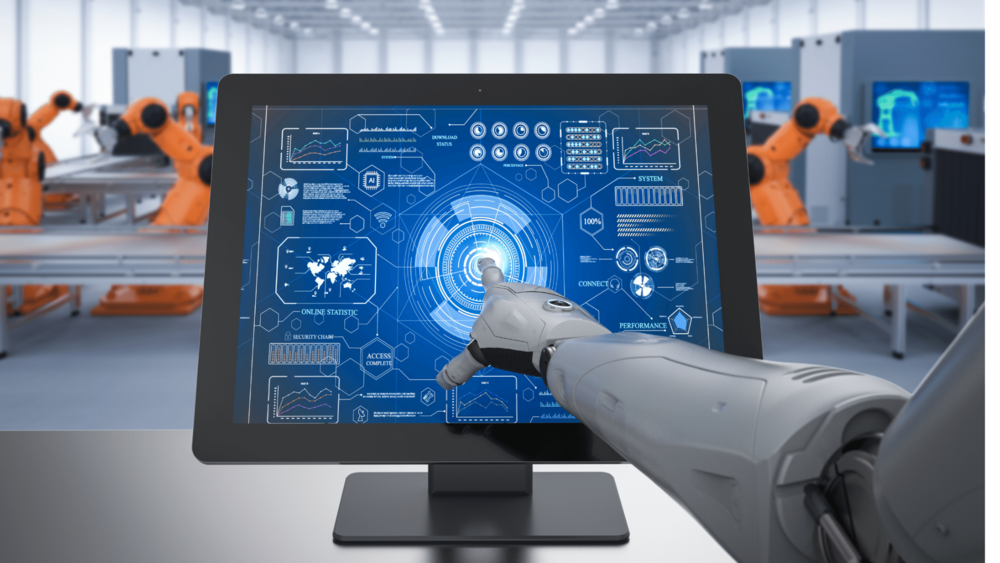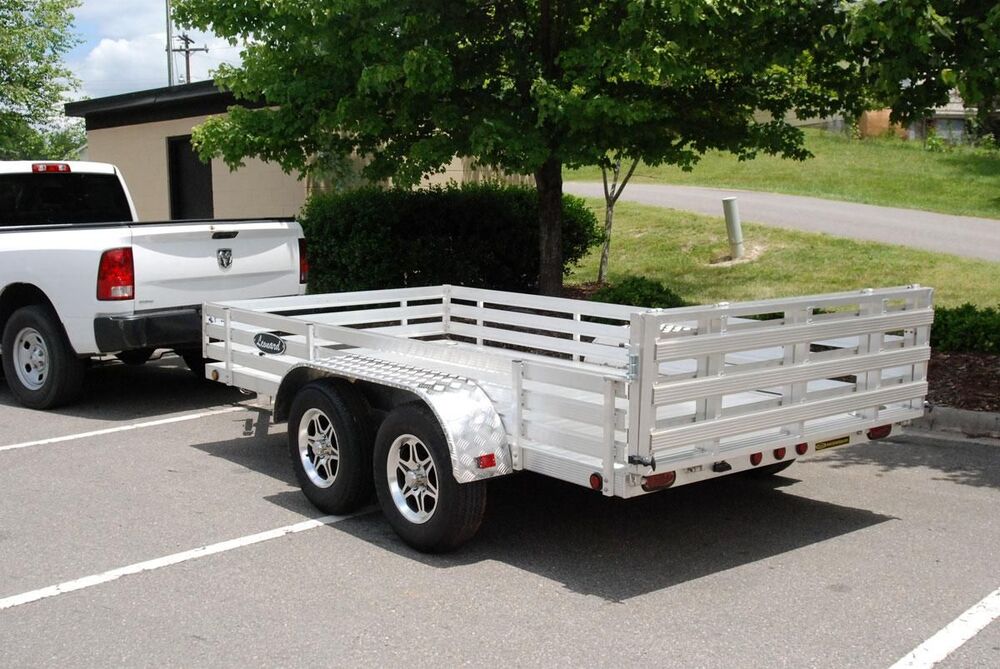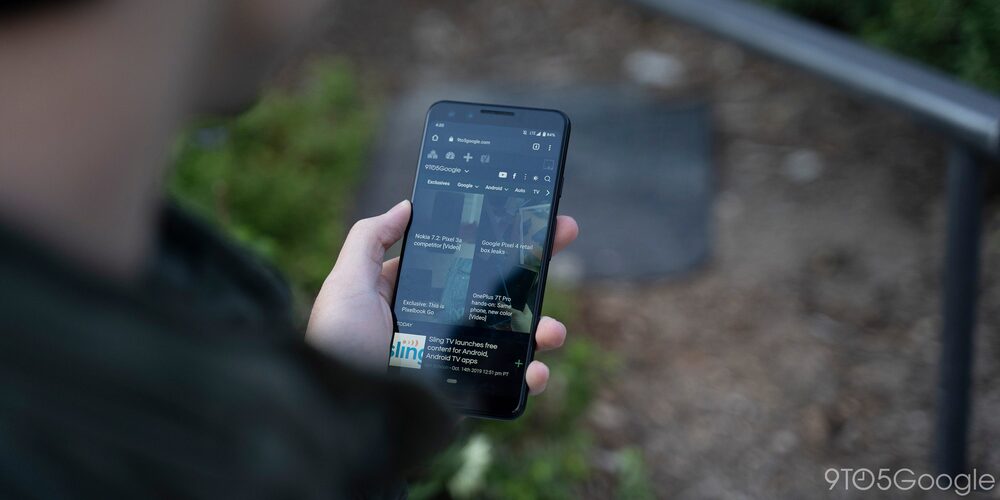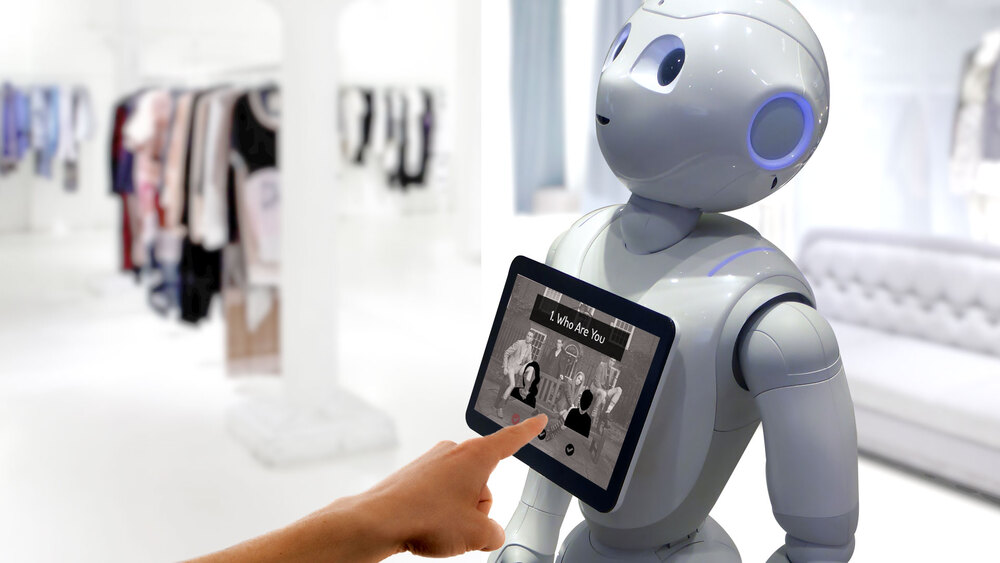Manufacturing is one of those industries that have to run 24×7 to fulfill the consistent needs of the customers. This not only requires faster and efficient machinery but also trained and experienced manpower.
There are many firms that are easily able to produce large batches of products within stiff deadlines. However, there are many who fail to do that. The sole difference between the two is the adoption of relevant technologies.
Augmented Reality is one of the ingenious techs that has seen massive application in the manufacturing sector lately. There are many firms that are adopting it for the betterment of their production process. Siemens is the best example of this.
Let’s dive into some of the potential applications of Augmented Reality in Manufacturing that are the face of the future!
1. Remote Troubleshooting
The manufacturing process includes a lot of machines that run continuously to deliver the desired yield. It is possible that at some point in time, they may malfunction. If a machine malfunctions in the manufacturing process, it might cost a lot to the company. Therefore, it is necessary to have measures to repair it there and then.

AR can help a lot in this case. As AR can generate an exact superimposed image of the machinery, industry experts can help people on the floor in their absence. There are several features of an Augmented Reality app that can be used to help on-floor technicians to repair bad machines.
The combination of live video streaming and state-of-the-art annotation tools is pretty helpful for experts to provide step-by-step visual instructions. Using such Augmented Reality in Manufacturing apps, the machine downtime can be reduced, and productivity can be enhanced.
2. Logistics
Logistics is one of the pillar elements of the manufacturing industry. Earlier, when an order used to come, employees had to manually check the computer to see where the product is located, fetch it and then deliver it to the party. This took a significant amount of time.

However, today Augmented Reality in Manufacturing has changed the scenario. Today, with the help of AR glasses, plant workers can easily fetch the location of the product while connected to the central system. This increases the speed of the picking process and reduces errors.
A great example of this is DHL. World’s leading logistics company has deployed AR technology in their warehouse to speed up productivity.
3. Employee Training
The year 2020 made almost every industry realize that they need to shift to a better paradigm to be future-ready. As almost every country was under lockdown, the manufacturing was down to zero. After the relaxation in the lockdown norms, firms were facing a shortage of manpower.
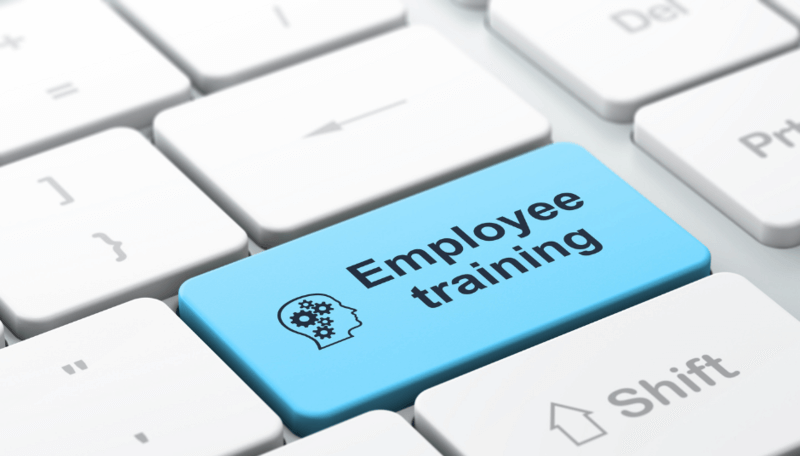
The current scenario is that the retention rate of manpower is very low as they all want to work for tech-savvy firms. Moreover, as most people are used to working remotely, they all prefer to work from home. So, currently, firms that have adopted technologies like AR can easily train their candidates remotely, and those who have not failed to do so.
The hiring cost of an employee for a manufacturing firm is pretty high (around $5k). Augmented Reality is the technology that can help reduce this cost. Further, it provides a more immersive and interactive learning experience for the new employees. AR technology also helps trainers to train the employees present on the manufacturing floor from a remote location.
Here is an example for this, Jaguar Land Rover roped in Bosch and developed an application that provided a clear X-Ray view of the vehicle dashboard. So, it helped the trainees to analyze the dashboard without disassembling the dashboard. The platform used here was Bosch Cap Software.
4. Product Development
Just linked to remote troubleshooting, if a machine is experiencing issues, there must be something wrong with its structure. So, one of the ways to prevent the malfunctioning of machines is to focus on product development. Traditional methods of designing and creating prototypes take a lot of time. Moreover, they also cost a lot of money.
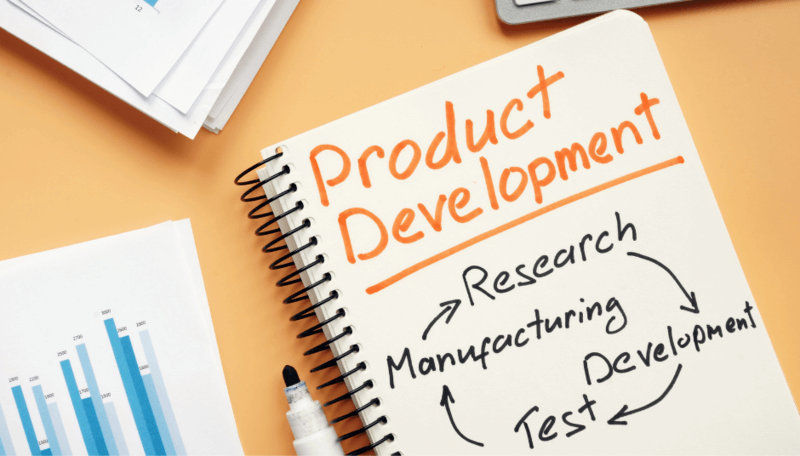
This is where Augmented Reality in manufacturing can help. With 3D modeling AR apps, manufacturing experts can easily design near to perfect structures of the machines. They can also devise valuable insights from the digital model of the machine in real-time. This ensures a completely accurate product without any repeated modifications. The core concept of digital twins can also be used to check if the product works as intended and how its operating parameters change.
Also Read : 5 Perks of Vegetable and Grocery Online Delivery
5. Assembly
Most modern-day machines have complex structures and more parts which is the reason the chances of human error are high during assembly. With AR technology, these errors can be reduced to a great extent; how?

Well, gadgets like AR glasses can overlay parts that need to be fitted in the right place along with providing voice commands. They can also be linked to a remote expert who can assist the on-site technician in installing the parts of the complex machine in the right way.
One of the best examples of this is Boeing. The aviation giant reduces the task of the technicians by providing the required instructions in their viewfinder. Boeing uses the Skylight platform made by Upskill.
Wrap Up!
Augmented Reality in manufacturing is one of the best trends that is surfacing these days. We can say that it is just the beginning of an era. The standalone applications of Augmented Reality in manufacturing can be limited. However, in the future, when AR will be integrated with other technologies like IoT, VR, AI, Big Data completely, it will completely revolutionize the manufacturing process.
